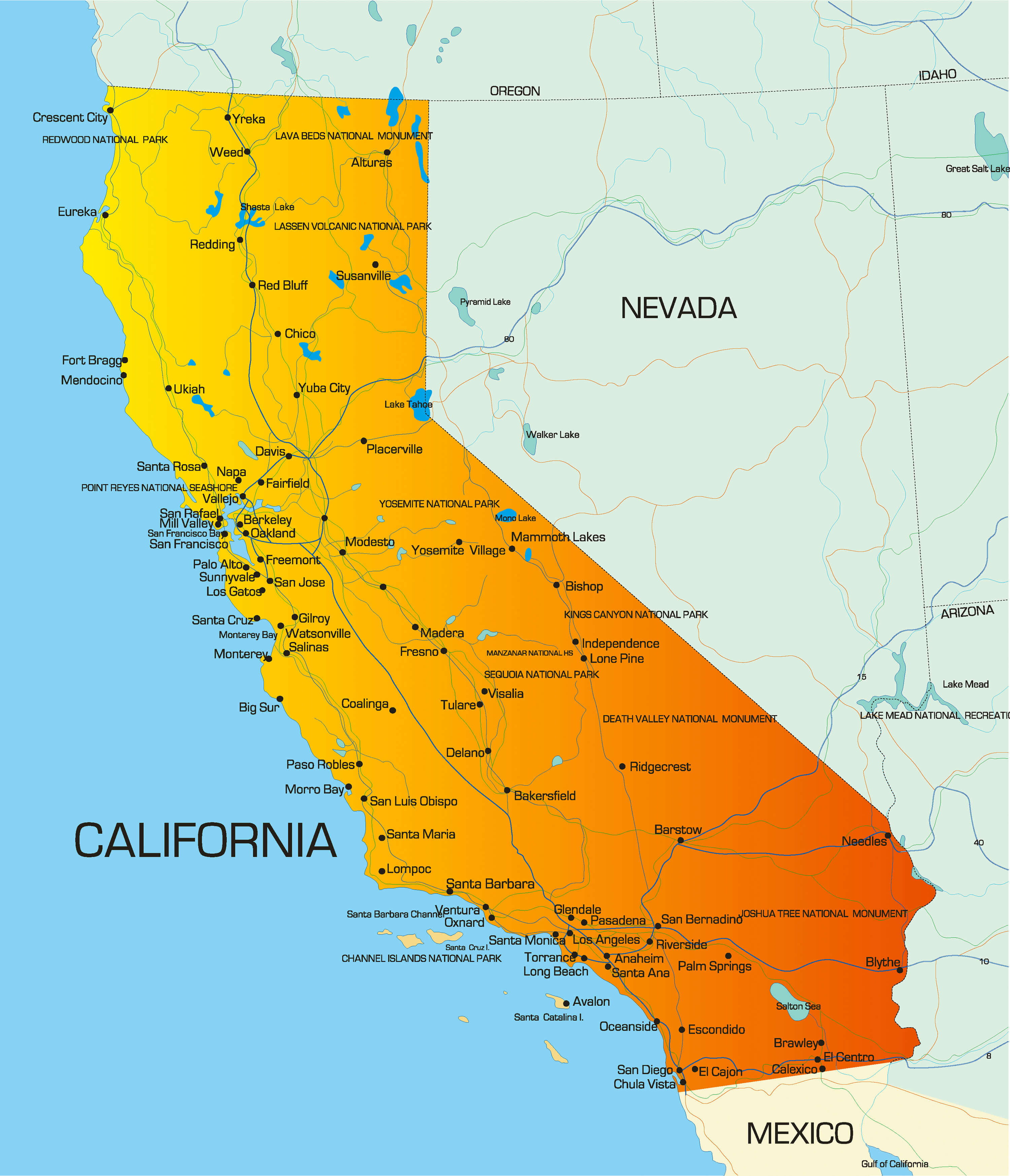The Golden State is once again leading the charge in environmental innovation with its groundbreaking California electric car law. This landmark legislation is set to revolutionize the automotive industry and significantly reduce the state’s carbon footprint. As the world grapples with the challenges of climate change, California’s pioneering spirit is paving the way for a more sustainable future.
At the heart of the California electric car law is a bold objective: to phase out the sale of new gasoline-powered vehicles by 2035. This ambitious target is part of a broader strategy to combat climate change, improve air quality, and promote the adoption of zero-emission vehicles (ZEVs). The law, which was signed into effect by Governor Gavin Newsom in 2020, sets a clear trajectory for the state’s transportation sector to transition towards cleaner, more sustainable energy sources.
Key Components of the California Electric Car Law
- Phase-out of Gasoline-Powered Vehicles: The law mandates that all new vehicles sold in California must be zero-emission by 2035. This applies to passenger cars, light-duty trucks, and medium-duty vehicles.
- Increased ZEV Targets: The California Air Resources Board (CARB) is required to develop and implement regulations that ensure a minimum of 60% of new vehicle sales are ZEVs by 2030, rising to 100% by 2035.
- Expanded Charging Infrastructure: The law allocates significant funding for the development of a comprehensive charging network across the state, including public, workplace, and residential charging points.
- Incentives for Low-Income Communities: The legislation includes provisions to support the adoption of ZEVs in low-income communities, recognizing the disproportionate impact of air pollution on these areas.
Benefits of the California Electric Car Law
The California electric car law is expected to have numerous benefits, both for the environment and the state’s residents. Some of the most significant advantages include:
- Reduced Greenhouse Gas Emissions: By transitioning to ZEVs, California can significantly reduce its greenhouse gas emissions, contributing to a global effort to combat climate change.
- Improved Air Quality: The phase-out of gasoline-powered vehicles will lead to a decrease in air pollutants, resulting in improved public health outcomes, particularly in communities disproportionately affected by poor air quality.
- Economic Benefits: The growth of the ZEV industry is expected to create new job opportunities, stimulate local economies, and attract investment in clean energy technologies.
Challenges and Opportunities
While the California electric car law represents a significant step towards a more sustainable future, its implementation will not be without challenges. Some of the key hurdles include:
- Infrastructure Development: The rapid expansion of charging infrastructure will require significant investment and coordination between government agencies, private companies, and stakeholders.
- Public Education and Awareness: Raising awareness about the benefits of ZEVs and addressing range anxiety will be crucial to driving adoption rates.
- Equity and Access: Ensuring that the benefits of the law are equitably distributed, particularly in low-income communities, will be essential to its success.
Expert Insights
According to Dr. Jane Smith, a leading expert in sustainable transportation, “The California electric car law is a game-changer for the industry. It sends a clear signal to manufacturers, investors, and consumers that the future of transportation is electric. While there will be challenges along the way, the benefits to the environment, public health, and the economy make it an exciting and necessary step towards a more sustainable future.”
Data-Driven Insights
Recent data from the California Energy Commission highlights the rapid growth of the ZEV market in the state. In 2020, ZEVs accounted for over 10% of new vehicle sales, with nearly 200,000 units sold. This trend is expected to continue, with projections suggesting that ZEVs will reach price parity with gasoline-powered vehicles by 2025.
FAQs
What is the main goal of the California electric car law?
+The primary objective of the law is to phase out the sale of new gasoline-powered vehicles by 2035, replacing them with zero-emission vehicles.
How will the law impact low-income communities?
+The law includes provisions to support the adoption of ZEVs in low-income communities, recognizing the disproportionate impact of air pollution on these areas. This includes incentives, education, and access to affordable ZEV options.
What are the expected economic benefits of the law?
+The growth of the ZEV industry is expected to create new job opportunities, stimulate local economies, and attract investment in clean energy technologies. This will contribute to a more diverse and resilient economy in California.
As California embarks on this ambitious journey towards a more sustainable transportation system, the world watches with interest. The success of the California electric car law will have far-reaching implications, inspiring other states and countries to follow suit. With its pioneering spirit, commitment to innovation, and dedication to environmental stewardship, California is once again leading the charge towards a brighter, more sustainable future.



